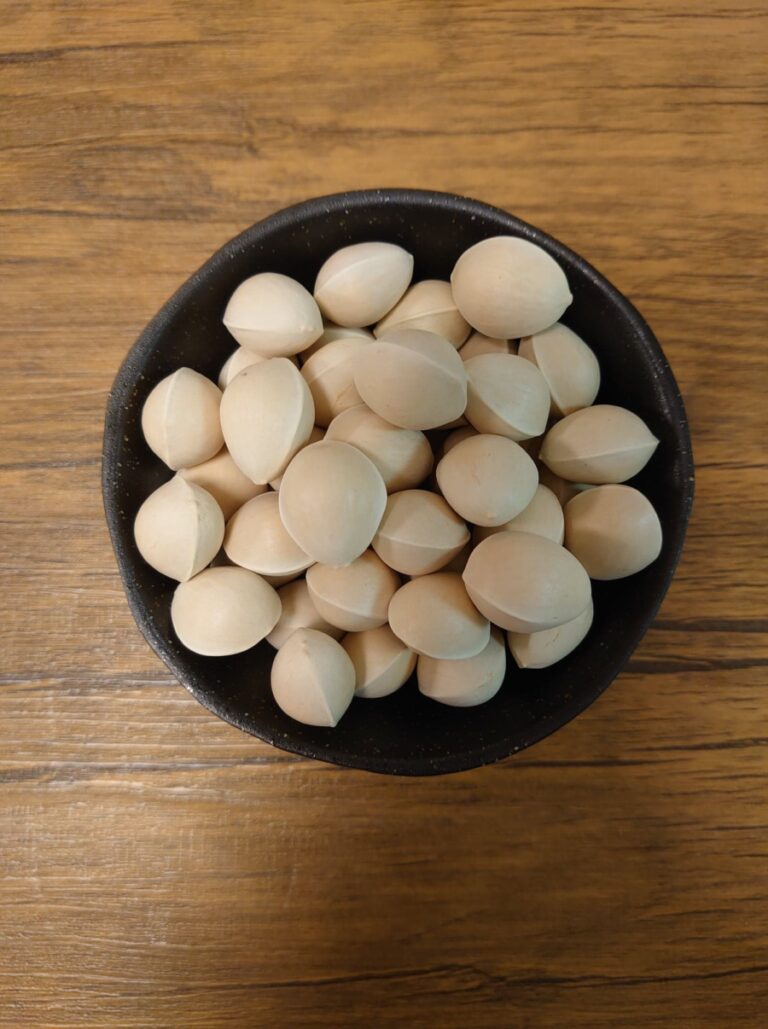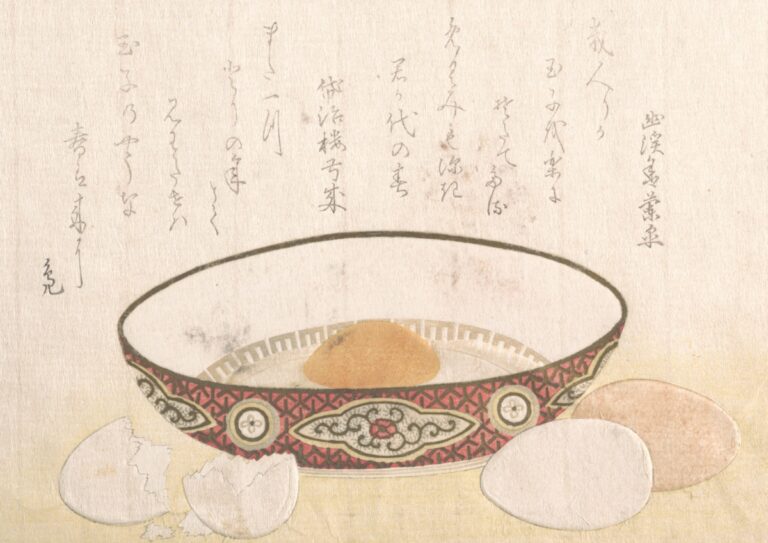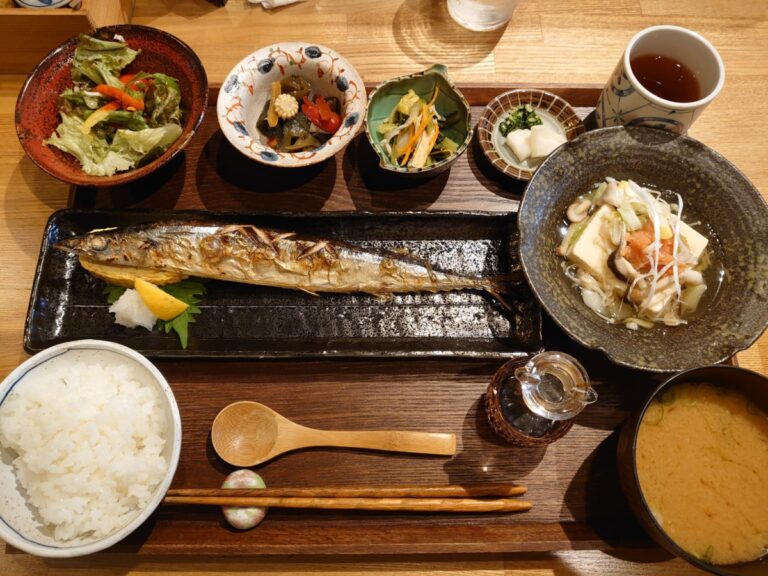
Ginnan: the (smelly) gingko nut.
Autumn in Japan is great! Leaves turn red and yellow, temperatures are still fairly warm, and most days are sunny. While I was growing up in Northern Italy, I always had an image of Autumn being rainy, chilly, and overall…



